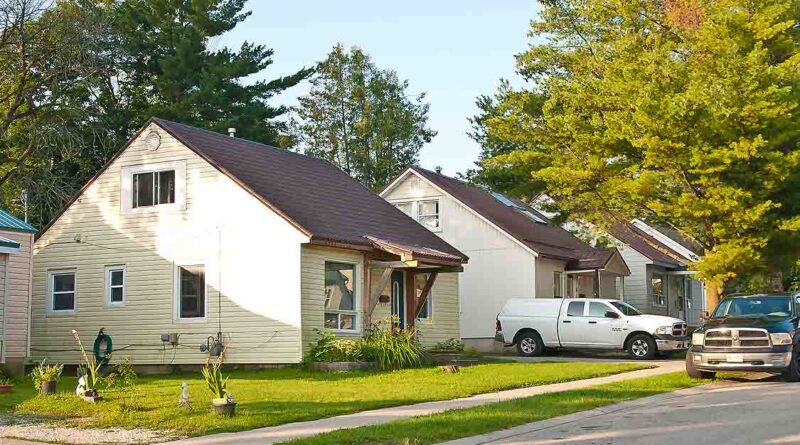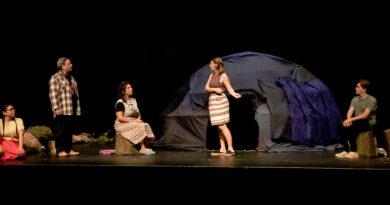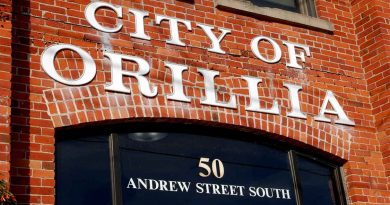Housing – Back To The Future?
Hi: Glad you found us. Can you do us a small favour (and yourself too). Can you please email the link to this story to a few of your friends (enemies too). Facebook took their ball and went home (for now). They were an important service we used to distribute our stories, but not vital. You could also click the yellow button at the bottom of this story and sign up for email alerts when we post news stories (usually only two or three emails a week), and maybe click the other yellow button and get a paid subscription. Thanks.
Editorial
By John Swartz
While everyone is pointing fingers and blaming this and that for Canada’s housing crisis – and the accompanying rise in house prices and rental rates, it’s maybe worth looking back to a similar crisis we endured during World War II.
They answer then was called Victory Homes. They were also called Strawberry Box Houses owing to their design – a cross section from above resembled strawberry boxes of the day. We built 50,000 during the course of 5 years.
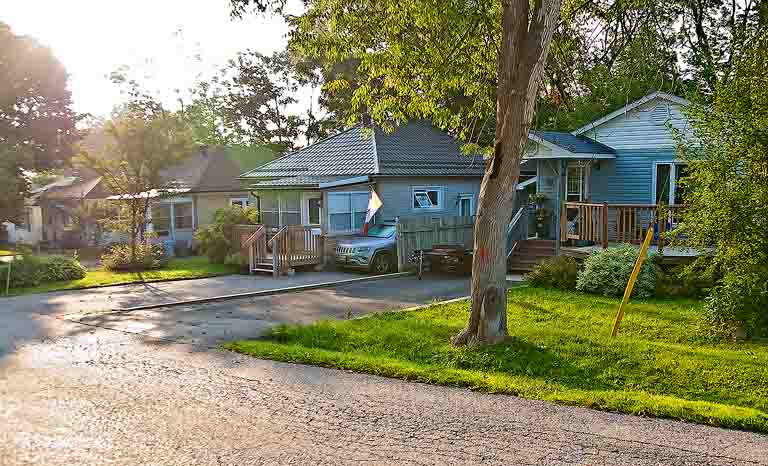
The homes were a solution to a problem – where to house all the people moving to cities to work in manufacturing and where to house all the people leaving their farms to join the Army, Navy or Air Force.
There are entire neighbourhoods in Toronto, Vancouver, Ottawa, Halifax, Hamilton and most major centers where manufacturing was ramped up to produce the machinery of war. They were also built in great numbers near armed forces bases. A drive down Oxford Street in London reveals block after block of them opposite the former Canadian Forces Base London. They were also built in volume in smaller cities like Sarnia, Cambridge (Preston), Thunder Bay, Sault Ste. Marie and we have a few neighbourhoods of them in Orillia too (almost every house on Lynwood, Argyle, Albany and Elmer and other streets in that area)
Post war, returning vets needed housing, often to include sweethearts married in a hurry before shipping off. Under the Act, with a small down payment ex-servicemen could buy with the help of a government loan and repayment terms allowed owners time to re-establish themselves without heavy financial obligations.
Now it’s a case of where to put all the people living in our parks, under highway bridges and in vans down by the river. Young people renting are trapped and many fear they will never have their own home.
When your baby-boomer parents and grandparents say – back in the day we could buy a house for $12,000 and pay for it with one job in the household; they are probably talking about owning a Victory Home.
They were funded by the Veterans’ Land Act of 1942. In keeping with mass production, entire subdivisions (often with street names like Victory, Churchill and Montgomery) were preferred and the houses were prefabricated with walls and roofs constructed at a central factory then shipped to the final locations for assembly.
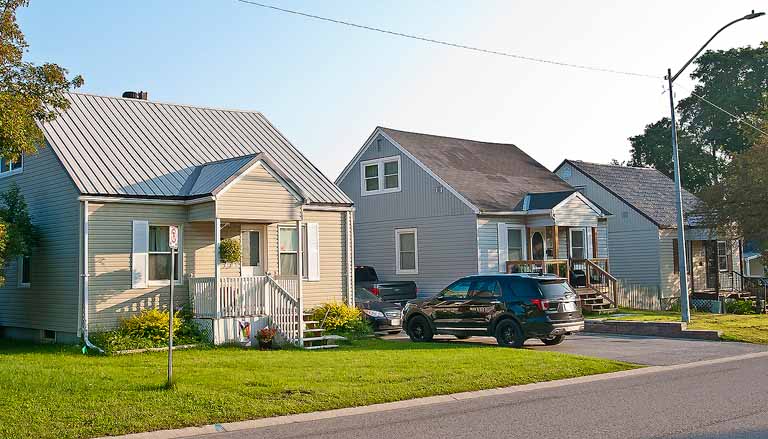
These houses are a 1200 sq. ft., three bedroom, 1 ½ story and a smaller 900 sq. ft one floor design. They were cheap to build and sturdy enough they have stood the test of time.
In 2023 these houses are hiding in plain sight. The exteriors have been upgraded, additions added, shrubs and trees planted, but if you know what to look for, you can surprise yourself to see behind the curtain they are all the same house.
We need a wartime effort right now to get people out of the rain and snow and into some shelter. For the next year or two it’s only going to get worse as people renew mortgages and can’t keep their house, only to find out what it costs to rent.
We need those in government – all levels – to stop talking and start doing. Ontario wants to build 50,000 homes. Well, it’s been done before and the land is zoned and ready (without taking farmer’s fields or protected (formerly) land).
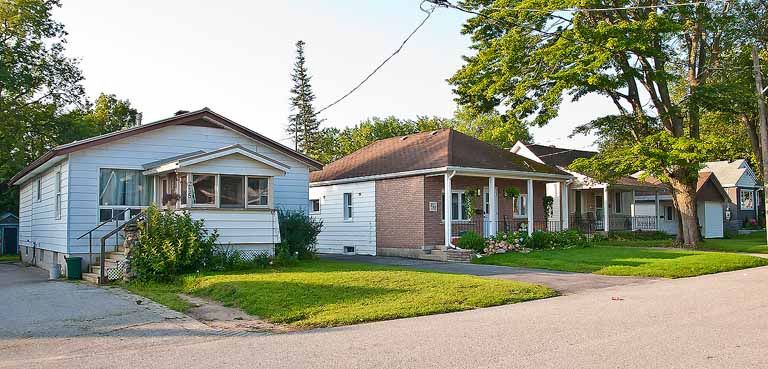
Sure, intensification is desired by many, and we’ll still need some apartment buildings (not condos, which are their own trap) and townhouses. But take a good look at some of these neighbourhoods. They are compact without feeling compact.
Many people don’t mind living with a neighbour behind the wall, and many do not want to live like that. Townhouses and multi level projects take time. One could probably build dozens of updated design, Victory Home type, houses while city planners and consultants are shuffling paper. Orillia has several tracts of land projects like these could start on next week, or at least next month, certainly within a year (Rexton property?)
We need someone at higher levels of government to understand this is a national (and local) problem that is hurting people and we once had a national program to solve the problem. This is why a liberal arts degree (history maybe?) is valuable in government corridors, so we don’t forget what we’ve already done. So dust off the plans, line them up with current codes, stop yakking, start hammering.
(Photos by Swartz – SUNonline/Orillia) Main: Albany Street Victory Home

